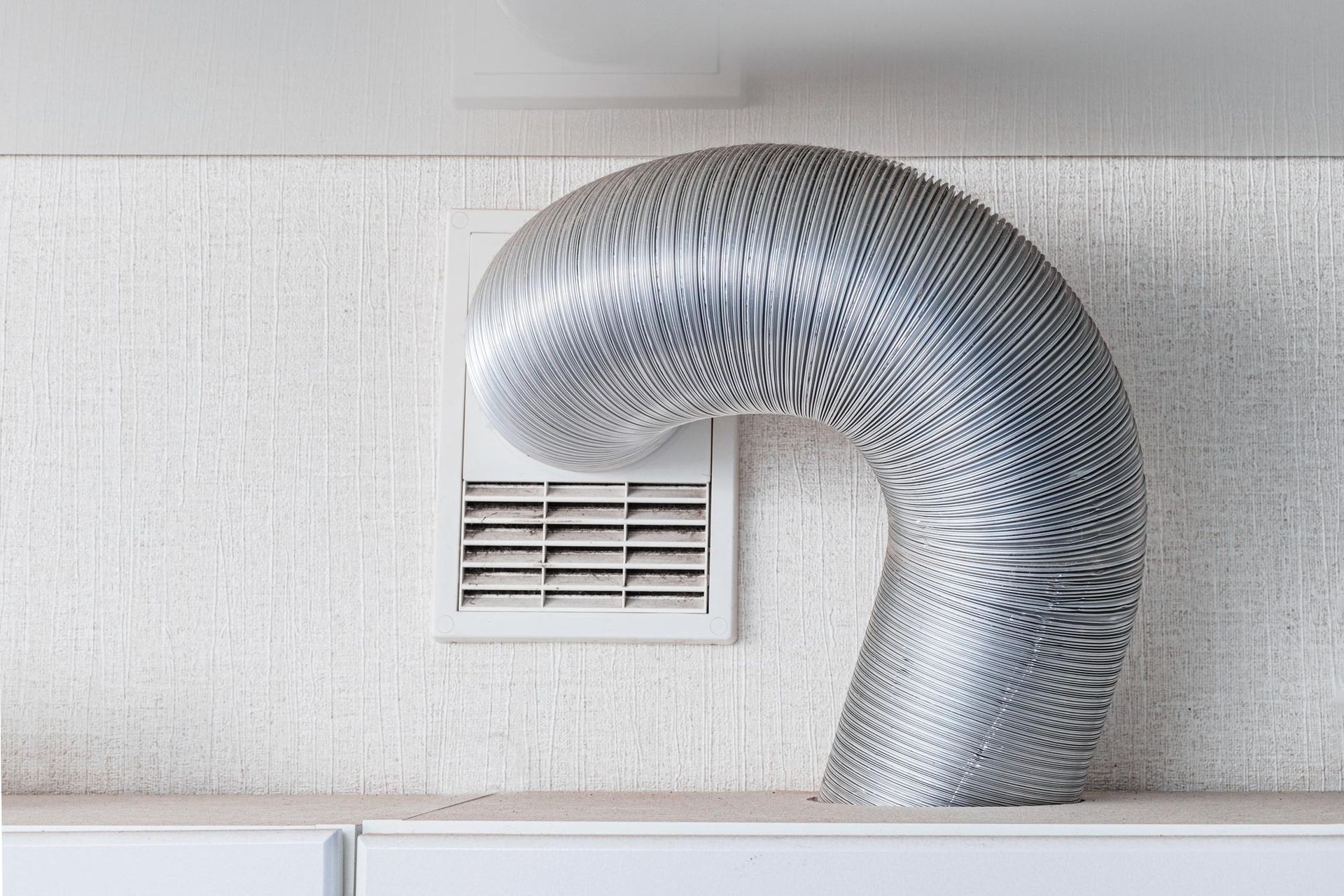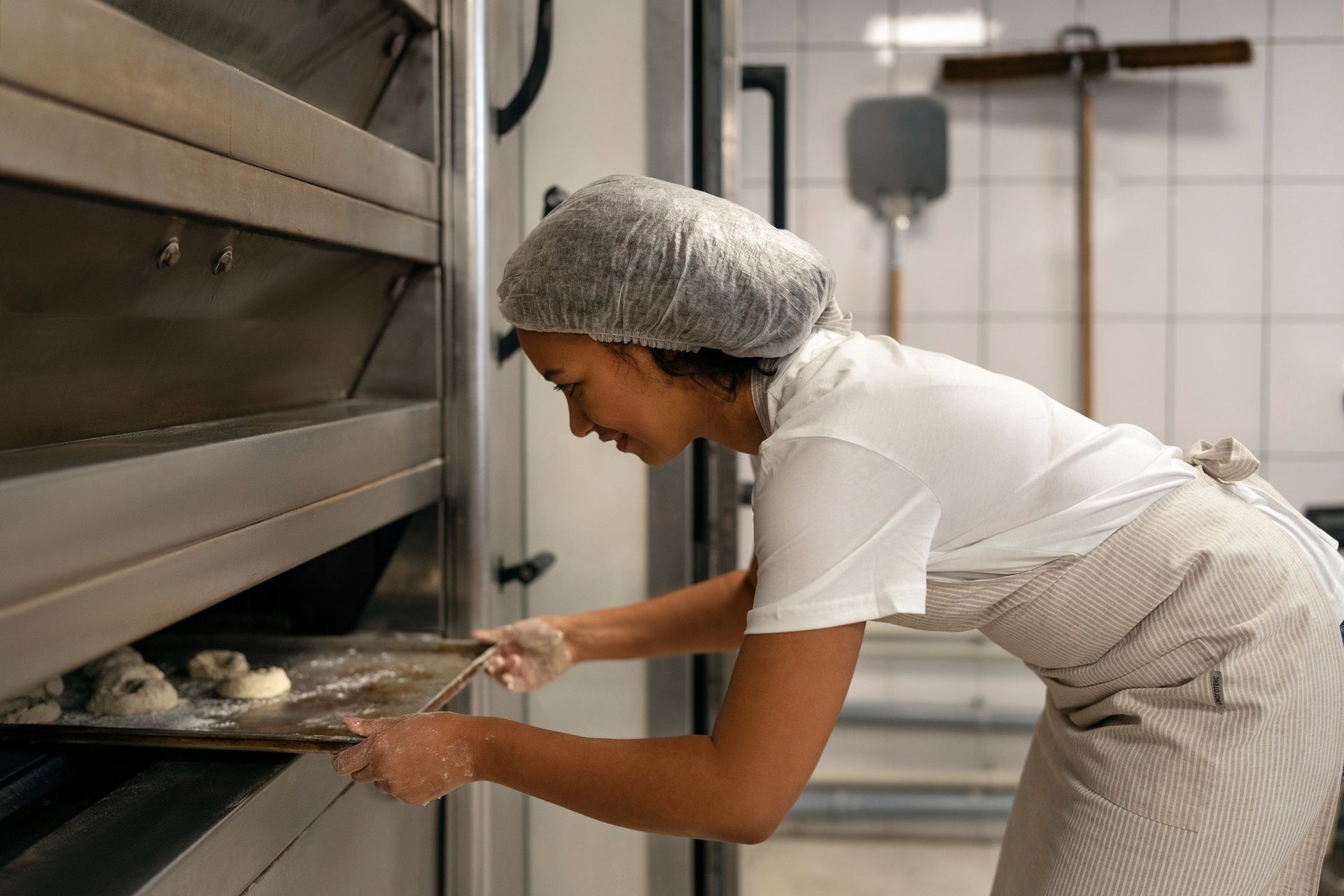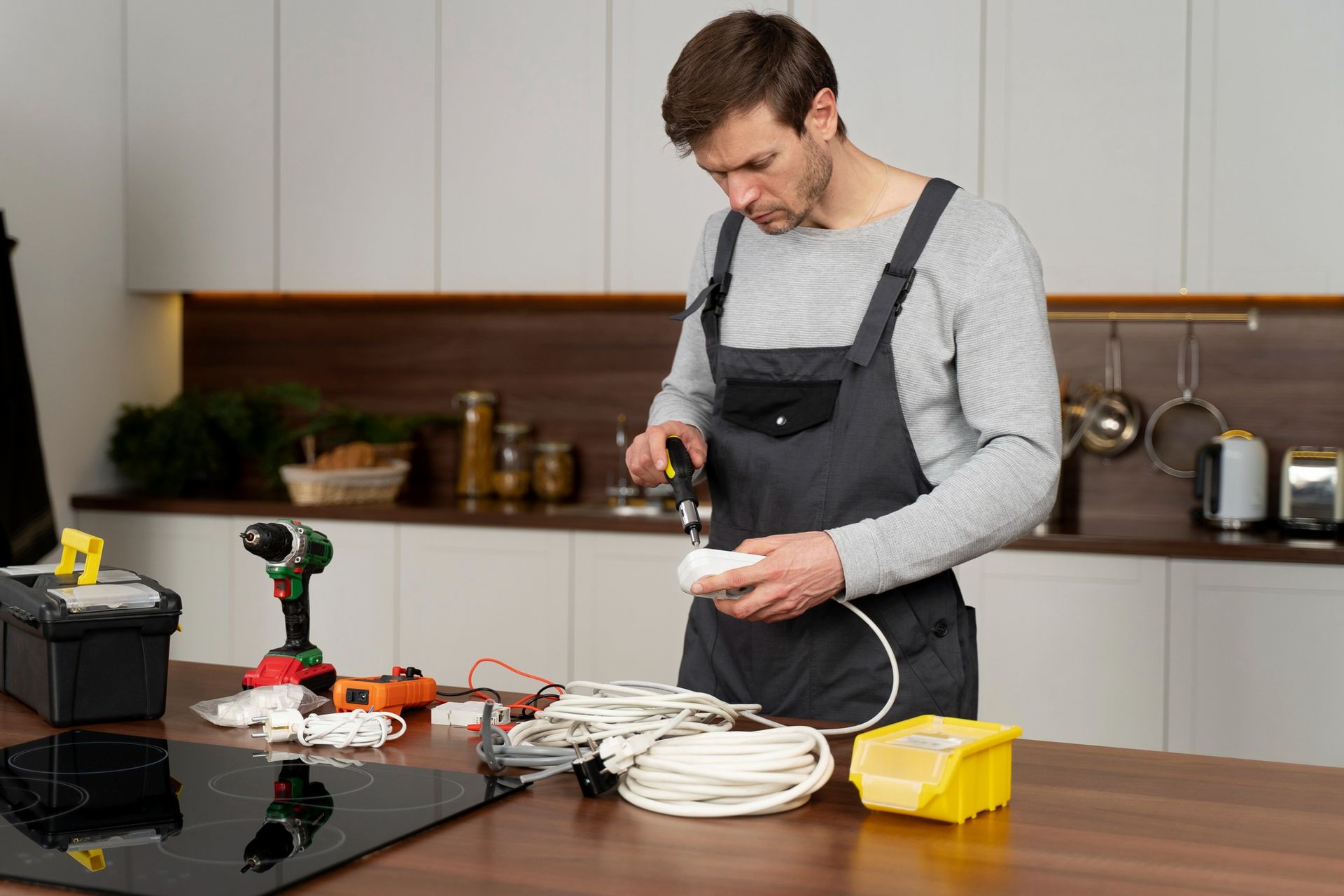Refrigerator Repair for a Fridge with Faulty Temperature Control
Your fridge is definitely one of the busiest appliances in your house, working around the clock to keep your food fresh and safe. So, what do you do when your fridge isn't cooling like it should? If your temperature control isn't working right, it can cause your groceries to spoil, create some nasty smells, and end up costing you money with all that wasted food.
Temperature problems can come from a bunch of different things, like blocked airflow, a thermostat that's not working right, or parts that are on the fritz, such as the compressor or defrost timer. Luckily, a lot of these issues can be sorted out with some troubleshooting, or if needed, by reaching out to a reliable appliance repair service nearby.
In this guide, we’re going to explore the usual reasons behind refrigerator temperature issues, how to check and clean important parts, and when it’s time to bring in the experts. By the end, you'll really get a good grasp on how to keep your fridge running smoothly and efficiently.
Why Your Fridge Can’t Keep Its Cool: Common Causes of Temperature Issues
If your fridge is too warm, you might end up with spoiled milk, and if it’s too cold, your lettuce could freeze and become an iceberg. If your fridge isn't keeping the right temperature, no need to stress—there are a bunch of reasons why this might be happening, and a lot of them can be easily fixed! So, here’s the deal:
1. Thermostat Malfunctions
Imagine the thermostat as the boss of your fridge's temperature. If your fridge is acting up, it could end up getting way too cold (hello, frozen eggs) or not cold enough (goodbye, fresh veggies). Before jumping to conclusions, why not give it a little tweak? Adjust it first, and see if that makes a difference. If that did not do anything beneficial, then maybe it’s time for you to consider a replacement.
2. Blocked Air Vents
To keep everything in your fridge nice and cool, it’s important to have good airflow. If your air vents are blocked by too much stuff on the shelves or ice buildup, you might find that some areas are freezing while others are just too warm. Looking for a quick solution? Move your food around a bit to let the vents breathe and make sure to clear off any frost.
3. Dirty Condenser Coils
The condenser coils are responsible for releasing heat from the fridge, but if they get covered in dust and grime, they can't perform their function properly. Your fridge ends up working overtime, which can cause temperature fluctuations and might even lead to some breakdowns. Giving them a quick vacuum or brush-down every six months can really help keep them in great shape.
4. Compressor Issues
The compressor is kind of like the heart of your fridge; it pumps refrigerant to keep everything nice and cool. If your fridge is having issues, you might see it having a hard time keeping things cold or turning on and off more than usual. And if you think there’s an issue, it’s a good idea to reach out to a refrigerator repair expert instead of trying to fix it yourself.
5. Defective Condenser Fan Motor
The condenser fan motor helps prevent your compressor and coils from getting too hot. If this fan stops spinning, your fridge might get too warm or even shut down completely. Pay attention to whether you hear a loud hum or nothing at all—either could mean the fan is on its way out.
6. Defrost Timer Problems
A broken defrost timer can really throw off the cooling cycle, causing ice to build up and block airflow. If your fridge feels perfectly fine one day and then suddenly too warm the next, this little timer could be the culprit. A technician can check it out and swap it if necessary.
The Bottom Line
Your fridge really puts in a lot of work around the house, but when it starts having temperature problems, it can really mess with your whole routine. If you've looked into the easy fixes and things are still off, it might be time to look up “appliance repair near me” and get a professional to help out. Taking care of a quick repair now can really help you avoid bigger and pricier problems later on!
Here’s How to Check and Clean Your Fridge’s Air Vents
When air vents get blocked, it can mess with the cooling, resulting in frozen lettuce and lukewarm milk—not the best outcome for your fridge, right? It's great that keeping them clear is simple and can really boost how well your appliance works!
1. Find the vents
You'll typically find these at the back of the fridge and freezer sections, just doing their thing by managing the airflow quietly. If those vents are blocked, your fridge just won't cool right, no matter how much you fiddle with the settings.
2. Check for obstructions
When your fridge is packed to the brim, it can’t circulate air properly, leading to those annoying hot and cold spots. Hey, why not give organizing your food a shot? Just make sure to leave some space around the vents so that cool air can flow through nicely.
3. Look for frost buildup
If you notice ice around the vents, it could mean that your defrost timer isn't working right. This can cause too much frost and block airflow. If this happens, your fridge might end up working extra hard, leading to higher energy consumption and less effective cooling.
4. Clean the vents
Over time, dust, crumbs, and pet hair can sneak into these vents, which makes it tougher for the air to flow. Just a quick wipe with a soft cloth or a gentle brush can help avoid blockages and keep your fridge in top shape.
The Role of the Defrost Timer – The Unsung Hero of Your Fridge
Your fridge really puts in the effort to keep your food fresh, but guess what? It actually needs to take little breaks too! That's where the defrost timer really shines! This handy little part toggles your fridge between cooling and defrosting modes, helping to avoid too much ice buildup and ensuring everything works just right. If you don't have it, your fridge could end up feeling like an igloo, or even worse, it might not cool down properly at all.
Signs Your Defrost Timer Is on the Fritz
Imagine the defrost timer as a traffic light for your fridge's cooling system. When it stops working, everything just goes out of sync. Let’s chat about how you can figure out if yours is failing:
• Ice forming around vents or coils –If your fridge is starting to resemble a snow globe, that ice buildup is probably blocking the airflow, which means it's not cooling as well as it should.
• The fridge runs non-stop – Your fridge usually takes little breaks between its cooling cycles. If it keeps humming, it could be that the defrost timer isn't kicking in to start the thawing process.
• Weird clicking noises from the back of the fridge – Sometimes, a faulty timer can get stuck and start making those annoying clicking or ticking sounds over and over again.
How Our Pros Fix It
Fortunately, fixing a defrost timer isn’t too complicated—but it does need someone who knows what they’re doing. A technician will go ahead and manually move the timer through its cycles to check if it responds. If it’s not switching between cooling and defrosting like it’s supposed to, you might want to think about getting a replacement.
Guess what? Hey, this is a simple and budget-friendly fix that can really boost your fridge’s performance and save you from bigger problems later on. If you’ve been dealing with frost buildup or a fridge that’s just working too hard, don’t wait! Reaching out to a refrigerator repair expert now can help you avoid a big breakdown down the line.
When to Call for Professional Appliance Repair
Some refrigerator problems can be fixed with a bit of DIY maintenance, while others really need a professional's help. If you see any of these signs, it’s a good idea to look for appliance repair nearby and get a pro in before things get worse.
1. Persistent Cooling Problems
Is your fridge acting more like a sauna than an igloo, no matter how much you fiddle with the settings? If it’s not keeping a consistent temperature, there might be a problem with the thermostat, compressor, or some other important part that probably needs a pro to take a look at it.
2. Unusual Noises
Your fridge should be humming softly in the background, not making noises that feel like they belong in a horror film. If you notice any clicking, buzzing, or loud humming sounds, it might be a sign that the compressor, condenser fan motor, or some other internal component is having a tough time working as it should.
3. Water Leaks or Frost Buildup
Noticing some puddles near your fridge or a bit of ice buildup in the freezer? These might be indicators of a defrost timer issue, blocked drain lines, or a bad seal that's letting moisture accumulate—things a pro can sort out pretty quickly.
4. Food Spoiling Quickly
If your milk goes sour before the expiration date or your veggies start wilting just a few days in, it’s a sign that your fridge isn’t keeping a steady temperature. If your cooling system is acting up, it could be on the fritz, and putting off those repairs might just result in a total breakdown—and nobody wants a fridge full of spoiled groceries, right?
If you overlook these warning signs, you might end up facing expensive repairs or even having to replace your fridge entirely. A skilled technician can figure out what's wrong, get your refrigerator running smoothly again, and even help it last longer—saving you both money and hassle down the line!
Simple Maintenance Tips to Keep Your Fridge Running Like a Champ
Your fridge is always on the job, keeping your food fresh 24/7—so giving it a bit of care really makes a difference! If you pick up a few easy habits, you can save yourself from costly repairs, boost efficiency, and make it last longer.
1. Clean the Condenser Coils Regularly
Have you ever thought about why the outside of your fridge feels warm? Those diligent condenser coils do the job of releasing heat, but when they get all dusty and grimy, your fridge ends up working way harder than it should. Just give them a quick vacuum or brush-down every six months to keep everything running smoothly.
2. Check the Door Seals
If your seal is weak or dirty, it can let cold air escape, which means your fridge has to work harder and your energy bill goes up. Just run your fingers along the seal. If you feel any cracks or gaps, or if it doesn’t close tightly, it might be time for a thorough cleaning or even a replacement.
3. Keep the Fridge at the Right Temperature
If your fridge is a bit too warm, that fresh juice could start tasting a little off way sooner than you'd like. If it gets too cold, your leafy greens might end up turning into crunchy, frozen bricks. The ideal temperature? Aim for 37-40°F in the fridge and 0°F in the freezer. A little thermometer can be a handy tool to make sure you're on track.
4. Avoid Overloading the Fridge
If your fridge is crammed full like a game of Tetris, it can’t circulate air well, which means some things might not cool evenly. Make sure to keep things spaced out, don’t block those air vents, and try not to squeeze in that extra takeout container!
5. Schedule Regular Checkups
Your fridge is kind of like your car; it really needs a regular checkup too. A professional refrigerator repair can catch problems early, helping you avoid expensive breakdowns down the line. If your fridge isn’t cooling like it used to, don’t wait around—give us a call before it’s too late!
Taking care of a few things now can really help you save some cash, avoid stress, and prevent the disappointment of tossing out spoiled food. If you take good care of your fridge, it’ll help keep your food fresh for a long time.
Let’s Keep Your Fridge Cool and Your Worries Away!
Dealing with a faulty temperature control in your refrigerator can be really annoying and might even hit your wallet hard. But don’t worry! With a bit of know-how, you can figure out what’s going on and avoid a lot of common problems. Just by clearing out those air vents and taking a peek at the defrost timer, you can really help your fridge run smoothly. It’s the little things that make a big difference!
You know, some issues really need a professional to handle them. If you're dealing with ongoing cooling problems, strange noises, or frost forming, don't hesitate—simply look up “appliance repair near me” and reach out to a reliable technician.
At Wyoming Appliance Repairs, we focus on figuring out what's wrong with your refrigerator and getting it back to working like it should. If you need reliable and efficient refrigerator repair services, just reach out to us today!





